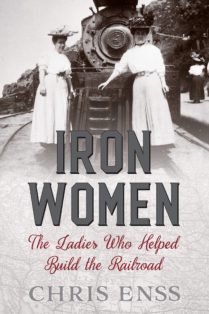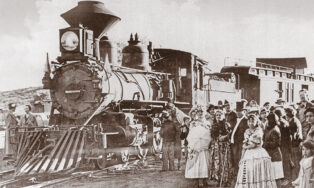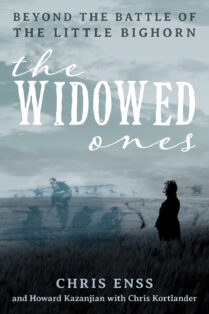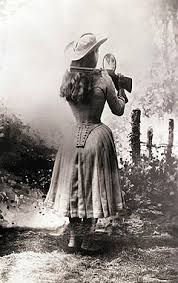Enter now to win a copy of
Iron Women: The Ladies Who Helped Build the Railroad
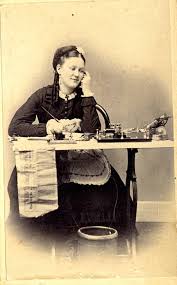
Twenty-eight-year-old Elizabeth Cogley sat at a small desk in the Pennsylvania Railroad ticket office in Lewiston Junction, Pennsylvania, on April 16, 1861, frantically writing down the message coming through the telegraph. The smartly dressed woman wore a serious expression; the message she was transcribing was vital and history making. The day before, a similar wire had reached Elizabeth. She carefully noted its contents and passed it along to the ranking military official in the area. It was from President Abraham Lincoln, and it read, “I appeal to all loyal citizens to favor, facilitate, and aid this effort to maintain the honor, the integrity, and the existence of our National Union, and the perpetuity of popular government; and to redress the wrongs already long enough endured.” This was Lincoln’s first call for troops. He asked for 75,000 volunteers.
The following day, Pennsylvania’s first war governor, Andrew G. Curtin, sent a telegram to Captain Selheimer, commander of the First Defenders Association in Lewiston, to rally his men together to report to Harrisburg, Pennsylvania, as soon as possible. After delivering the message to the captain, Elizabeth was instructed to respond to Governor Curtin with news that he and his troops would “move at once.” The railroad telegrapher dispatched the essential information quickly and accurately. Little did Elizabeth know the event would be remembered as the first telegraph exchange of the Civil War.
Born on November 24, 1833, Elizabeth learned telegraphy in the office of the National Telegraph Company. She entered the service of the Pennsylvania Railroad Company on April 13, 1856. She was stationed in the Lewiston office until the beginning of the Civil War. She remained with the railroad company for more than forty years.
Some of the earliest women in railroading can be found in telegraph stations. The job of the telegrapher was to transfer information between the train dispatcher and the train operator. A telegrapher copied train orders and messages from the train crew and reported the passing trains to the dispatcher. They also received and sent Western Union telegrams. Most learned the trade from another operator. Some attended schools such as the Cooper Union for the Advancement of Science and Art in New York and the Pittsburgh Female College in Pittsburgh.
The qualifications needed to be a telegrapher were to be well read, to know how to spell, and to be able to learn Morse code. According to author Virginia Penney’s book written in 1870 entitled How Women Can Make Money, a good lady telegraphist could make between $300 and $500 a year. With that in mind, many women with some knowledge of electricity and good penmanship decided to pursue a career in the field.
